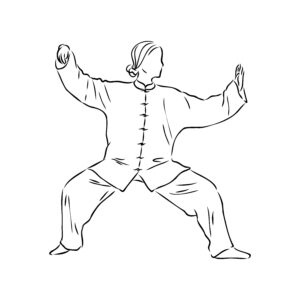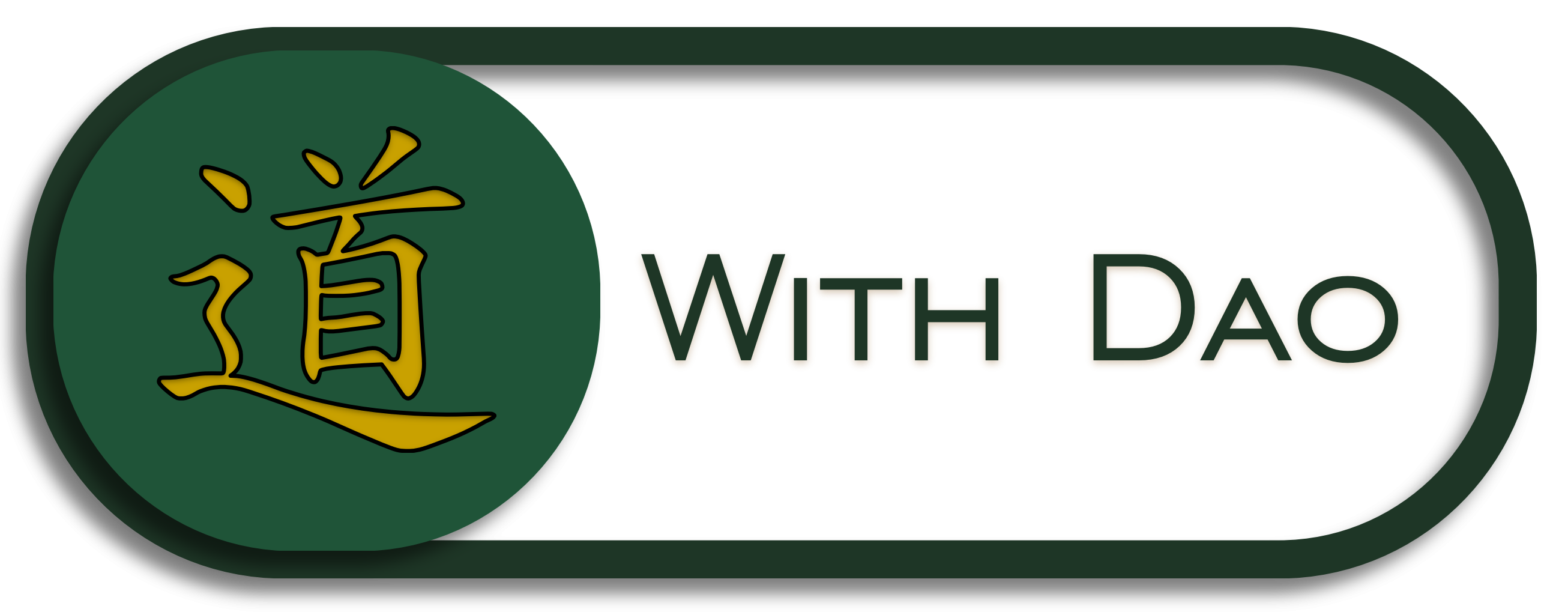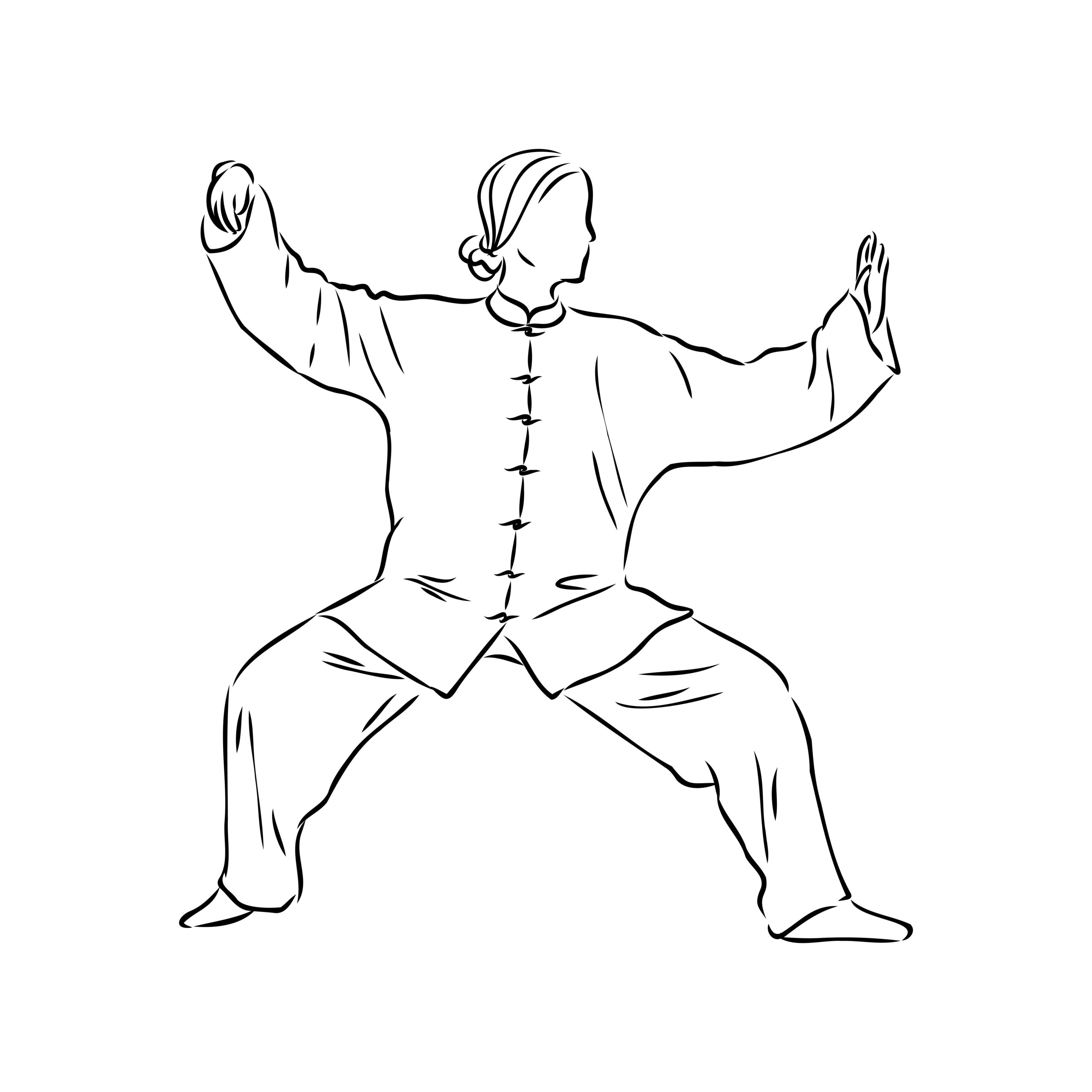
Taichi also called tai chi or taiji, is a type of martial art that originated as an internal style of Chinese martial arts. Because it doesn’t involve any physical grappling or strikes, taichi is seen as a kind of “meditative” martial art rather than purely a fighting style. Practitioners of taichi focus on moving their bodies in ways that are both slow and deliberate and flowing and dynamic. This article will familiarize readers with this unique form of martial arts and its origins. Keep reading to learn more about the history, techniques, benefits, and training practices associated with taichi!
What is Taichi?
The word “taichi” is used both to refer to the art and to refer to the specific type of martial art in which the art is practiced. Taichi has many different names around the world, including tai chi, taiji, and tai chi chuan. These names often vary based on the country in which the term is used, reflecting the different pronunciations of Chinese characters used in different languages. In Chinese, “tai chi” is written as 太极, which consists of two characters, 太 (tài) and 极 (jí). The first character, 太 (tài), means “great” or “exceedingly”. The second character, 极 (jí), means “extreme” or “most”. Together, the characters suggest that practicing tai chi can help one to achieve greatness. The second character, 极 (jí), also has the connotation of something being “very detailed” or “exceedingly precise”. In this way, the word tai chi can be understood as “exceedingly thorough”.
Origins of Taichi
The term “taichi” is a modern word that refers to a variety of martial arts practices. Scholars believe that the martial art known as taichi originated from a set of internal martial arts practices that were developed in China’s Chen Village during the Ming Dynasty (1368-1644). These martial arts practices are believed to have been developed by Chen Yuan-yuan, a scholar and herbalist who lived in the village of Chenjiagou. Chen is said to have developed these practices in order to heal himself of a variety of debilitating diseases and illnesses. Over time, other villagers are said to have learned Chen’s methods and used them for their own health and wellness, as well as in self-defense.
Benefits of Taichi for Martial Artists
Although taichi is often seen as a relatively “gentle” martial art, it can provide a number of physical and mental benefits for martial artists. Practicing taichi can reduce stress, improve cardiovascular health and respiration, reduce blood pressure and cholesterol levels, and improve muscle tone, flexibility, and coordination. Practicing taichi has also been shown to reduce feelings of depression and anxiety. For martial artists, practicing taichi can also help to develop a wide range of skills. Practicing taichi can help to improve one’s balance, posture, and proprioception. Taichi can also improve focus and strengthen one’s mental health.
Bottom line
Taichi is a slow and deliberate martial art that originated in China more than 900 years ago. Practitioners of taichi focus on moving their bodies in ways that are both slow and deliberate and flowing and dynamic, and the techniques of taichi include kicking, punching, and striking as well as a variety of grappling techniques. While taichi is often seen as a relatively “gentle” martial art, it can provide a number of physical and mental benefits for martial artists. Taichi is also a martial art that can be practiced by people of all ages, as taichi can be performed slowly and deliberately while still providing benefits to health and wellness.

